Landing in a Snowstorm
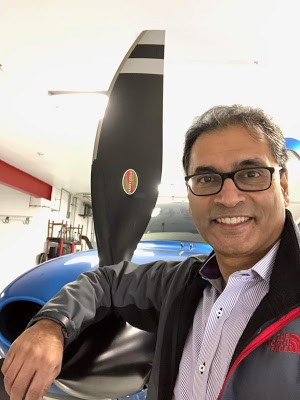
This week I had a really unusual flight. It started out as a simple VFR takeoff in clear blue skies. I was bringing the plane home to Poughkeepsie from maintenance in Danbury. Simple, short flight… Or so I thought… This was me in the hanger just before takeoff: But the weather forecast looked a little […]
Simple, Short Flight Turns into More
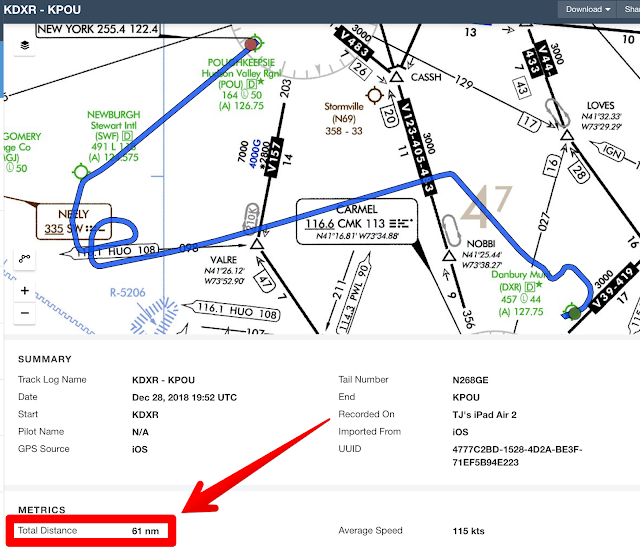
Today, I wanted to pick up the Cirrus from my mechanic after some routine maintenance. The plan was a VERY simple 24nm flight from Danbury, CT to Poughkeepsie, NY. You can see the planned route below: But the weather wasn’t very good … Not terrible, not dangerous, just light rain and low ceilings in both […]
Finally The Storm Has Passed
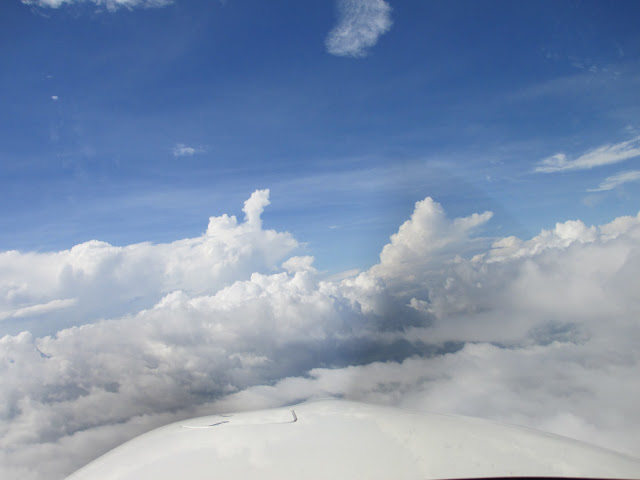
Tropical Storm Debby finally passed most of the state of Florida yesterday! I was very disappointed that I couldn’t continue the seaplane training this past weekend. Worse yet, the seaplane base is closed next weekend due to the Brown family vacation! So that will need to wait till sometime in July. After 3 days of not even […]
State #49 (New Mexico) and Vegas
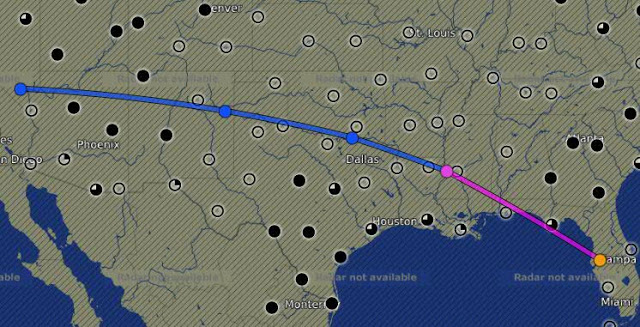
After spending entirely too much time in China during the past month, I was finally able to squeeze in a good IFR x-country trip. There was a meeting in Vegas that I wanted to attend and conveniently New Mexico was sort of on the way 😉 The routing was fairly direct, as you can see […]
Tough Start To A Very EZ Journey
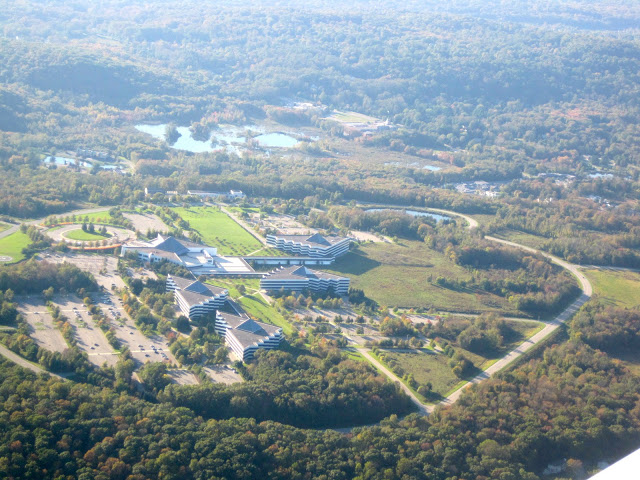
This week’s mission was to go from Tampa,FL to Danbury, CT, which is a perfect mission for an SR22 with one fuel stop. Surprisingly, the weather forecast was beautiful everywhere along the route except Florida. Usually, it is the other way around. So I was expecting a takeoff in moderate / heavy rain, which is OK. […]
Fuel Planning Over The Gulf

Last weekend was a perfect example of why you must “get good” at flight planning while enroute. I planned a simple direct flight over the gulf at 16000 FT from Tampa, FL to Galveston, TX. Conventional wisdom says you do your flight planning on the ground and then simply execute in the cockpit. It sounds […]
Long X-Country, Weather and State #38 (AZ)
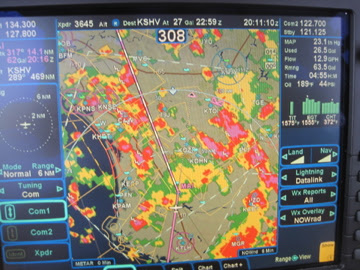
This weekend I had a long cross country flight planned. The destination was Sedona, AZ, which is a very famous airport for pilots. According to the Sedona Airport website, they claim to be “America’s Most Scenic Airport”. It is also sometimes referred to as the “USS Sedona” because it feels like landing on an aircraft carrier. […]
Holding Pattern Without A Shuttle View
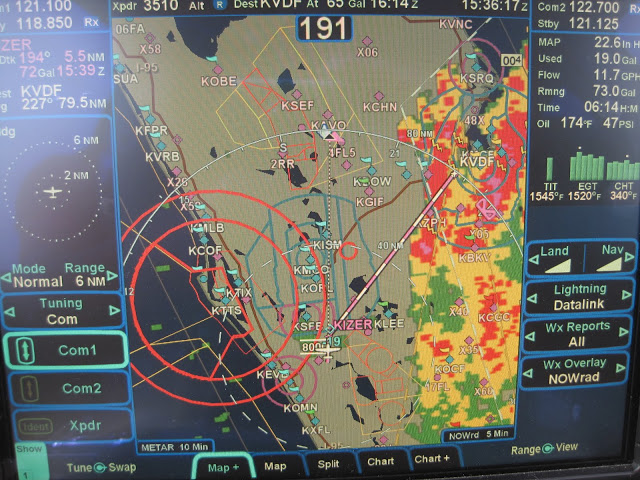
As everyone knows, today was the day for the space shuttle’s last mission. I didn’t have tickets to see the launch in person. But I really wanted to see it. So I came up with what I thought was a clever plan. I would fly the Cirrus upto 17,000 FT and go into a holding […]
State #37 (NE) and Missouri River Flooding
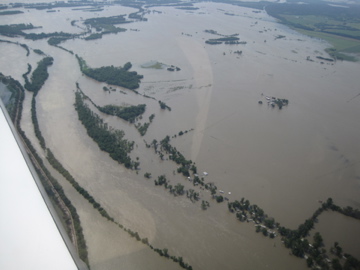
On the way back from Sioux Falls, the weather once again played a factor in my route. I needed to leave SD before the storms arrived and I was also hoping to hit one more state on the way. I was heading to Lexington, KY and found a routing through Omaha that worked perfectly: On […]
Training Mission Accomplished!
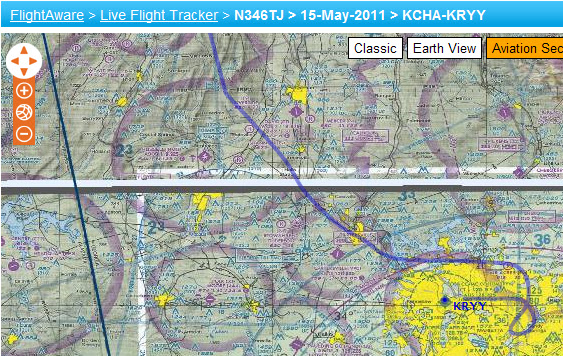
This past weekend was fun, educational and downright grueling! As expected, the ground portion of the CPPP covered some specific topics, like in-flight weather, engine management and aviation safety. The stats around Cirrus accidents and parachute deploys were quite a surprise to me. However, the flight training was the really significant part for me this […]
